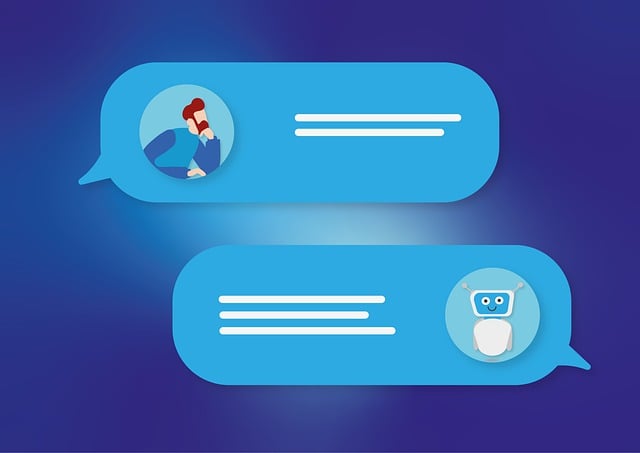By ATS Staff - September 9th, 2016
Artificial Intelligence
Introduction
In recent years, artificial intelligence (AI) chatbots have revolutionized the way businesses interact with customers. These intelligent systems, capable of understanding and responding to human language, have become essential tools in customer service, marketing, and even personal assistance. This article explores the evolution, benefits, and future prospects of AI chatbots.
The Evolution of AI Chatbots
AI chatbots have come a long way since their inception. Early chatbots, like ELIZA and ALICE, relied on simple rule-based systems that could only respond to specific commands. With advancements in machine learning and natural language processing (NLP), modern chatbots can understand context, learn from interactions, and provide personalized responses.
- Machine Learning and NLP: Machine learning algorithms allow chatbots to improve their responses over time by analyzing vast amounts of conversational data. NLP enables them to grasp the nuances of human language, making interactions more natural and fluid.
- Integration with Other Technologies: Today's chatbots can seamlessly integrate with various platforms, from websites to social media, enhancing their reach and functionality. This integration facilitates multi-channel communication, allowing businesses to connect with customers wherever they are.
Benefits of AI Chatbots
AI chatbots offer numerous advantages that make them attractive to businesses and consumers alike.
- 24/7 Availability: Unlike human agents, chatbots can operate around the clock, providing instant support and information to customers at any time. This continuous availability helps improve customer satisfaction.
- Cost Efficiency: By automating routine inquiries and tasks, chatbots can significantly reduce operational costs. Businesses can allocate human resources to more complex issues, enhancing overall efficiency.
- Personalization: AI chatbots can analyze customer data to deliver tailored experiences. They can remember past interactions and preferences, offering personalized recommendations and solutions.
- Scalability: During peak times, such as holidays or sales events, chatbots can handle multiple inquiries simultaneously, ensuring that customer needs are met without overwhelming staff.
Challenges and Limitations
Despite their many advantages, AI chatbots also face challenges that businesses must address.
- Understanding Complex Queries: While NLP has advanced significantly, chatbots can still struggle with nuanced or complex questions. Ensuring that customers have access to human agents when needed is crucial.
- Maintaining a Human Touch: Customers often prefer human interaction, especially for sensitive or complicated issues. Balancing automated responses with human support is essential for maintaining customer trust and satisfaction.
- Data Privacy: As chatbots collect and process customer data, ensuring compliance with data protection regulations is vital. Businesses must be transparent about how they use customer information.
The Future of AI Chatbots
The future of AI chatbots looks promising, with ongoing advancements in technology. Key trends to watch include:
- Enhanced AI Capabilities: As AI continues to evolve, chatbots will become even more sophisticated, capable of handling more complex queries and providing even more personalized interactions.
- Voice-Activated Chatbots: With the rise of voice assistants, the integration of voice capabilities into chatbots will enhance user experience, allowing customers to interact using natural speech.
- Integration with Other Technologies: AI chatbots will increasingly integrate with other emerging technologies, such as augmented reality (AR) and virtual reality (VR), creating immersive customer experiences.
- Greater Focus on Emotional Intelligence: Future chatbots will likely incorporate emotional intelligence, enabling them to recognize and respond to customer emotions, enhancing empathy and understanding in interactions.
Conclusion
AI chatbots are transforming the landscape of customer interaction, offering businesses a powerful tool to enhance communication, improve efficiency, and provide personalized experiences. While challenges remain, the continuous evolution of AI technology promises a future where chatbots play an even more integral role in our daily lives. As businesses harness the power of these intelligent systems, they must also prioritize the human touch, ensuring that technology complements rather than replaces genuine human connection.
Popular Categories
Agile 2 Android 2 Artificial Intelligence 48 Blockchain 2 Cloud Storage 3 Code Editors 2 Computer Languages 11 Cybersecurity 8 Data Science 13 Database 5 Digital Marketing 3 Ecommerce 3 Email Server 2 Finance 2 Google 3 HTML-CSS 2 Industries 6 Infrastructure 2 iOS 2 Javascript 5 Latest Technologies 41 Linux 5 LLMs 11 Machine Learning 32 Mobile 3 MySQL 2 Operating Systems 3 PHP 2 Project Management 3 Python Programming 25 SEO - AEO 5 Software Development 42 Software Testing 3 Web Server 6 Work Ethics 2